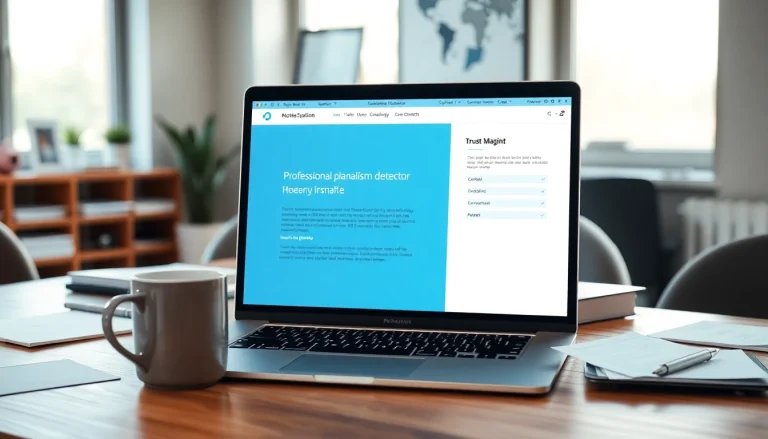Understanding the Mortgage Process for Lenders
The mortgage process plays a crucial role not only for borrowers seeking home financing but also for lenders who must navigate this intricate terrain efficiently. Mastering the mortgage process for lenders is essential to minimize risks, streamline operations, and enhance customer satisfaction. In this comprehensive guide, we will cover the essential elements of the mortgage process, from pre-approval to closing, and provide insights to ensure that lenders can manage transactions effectively.
1. What is the Mortgage Process?
The mortgage process is defined as the series of steps and procedures involved in obtaining a mortgage loan. For lenders, it includes evaluating potential borrowers, ensuring compliance with regulatory requirements, and assessing risk factors associated with each loan application. This structured process generally encompasses multiple phases, including:
- Pre-approval
- Loan application
- Loan processing
- Underwriting
- Closing
A smooth mortgage process is vital for maintaining a competitive advantage in the industry and fostering long-term relationships with clients.
2. Key Stages in Mortgage Lending
There are several key stages in the mortgage lending process that lenders need to be familiar with:
Pre-Approval
Before borrowers can start searching for their new home, they need pre-approval, which involves lenders assessing their financial position and creditworthiness.
Loan Application
Borrowers submit a loan application that includes personal information, employment history, income, and assets. Lenders must ensure their application processes are efficient to avoid delays.
Loan Processing
During processing, lenders verify the information supplied in the application and assess borrower eligibility.
Underwriting
Underwriters evaluate the loan application in detail to determine the risk involved in approving the loan. This includes appraising the property and ensuring the borrower’s capacity to repay.
Closing
Closing is the final step where documents are signed, and funds are distributed. It marks the transition from lender to borrower ownership.
3. Benefits of a Smooth Mortgage Process
A well-managed mortgage process brings numerous advantages for lenders, including:
- Reduced Risk: By performing thorough assessments and maintaining compliance, lenders can mitigate risks associated with default.
- Improved Client Satisfaction: Streamlining processes fosters a positive experience for borrowers, making them more inclined to refer others.
- Operational Efficiency: Optimizing workflows and technology can lead to quicker loan approvals and closings.
- Competitive Advantage: Lenders who effectively manage the mortgage process position themselves above competitors offering a slower service.
Pre-Approval: The First Step
1. Importance of Pre-Approval
Pre-approval is a critical milestone in the mortgage process, acting as a preliminary assessment that indicates a borrower’s ability to secure financing. This step not only sets the groundwork for house hunting but also establishes an initial trust between the lender and the borrower.
2. Documents Needed for Pre-Approval
To facilitate the pre-approval process, lenders typically require the following documentation from borrowers:
- Proof of income (e.g., pay stubs, bank statements)
- Credit report
- Employment verification
- Identification (e.g., driver’s license, Social Security number)
3. Common Pitfalls to Avoid
Lenders should remain vigilant against common pitfalls during pre-approval, which can include inadequate documentation, rushed assessments, and failing to communicate clearly with borrowers about necessary paperwork. Identifying and avoiding these issues can significantly enhance the likelihood of successful approvals.
Application and Documentation
1. Completing the Mortgage Application
The mortgage application is a detailed form that collects critical information from the borrower. Lenders must ensure that they have a user-friendly application process that captures all relevant data while allowing borrowers to easily navigate the system.
2. Key Documents for Mortgage Approval
As part of the application process, borrowers are typically required to supply key documents, which may include:
- Tax returns (usually for the past two years)
- W2s or 1099s
- Asset statements (i.e., bank or investment accounts)
3. Understanding Credit Checks
Credit checks are a pivotal component of the application process, allowing lenders to assess the borrower’s creditworthiness. These evaluations consider payment history, total debt, and credit utilization ratios, influencing the terms and rates of the mortgage loan.
Underwriting Process Explained
1. Role of the Underwriter
The underwriter serves as the guardian of risk assessment in the mortgage lending process. Their responsibilities include evaluating the borrower’s financial situation, verifying documents, and determining the loan amount that the borrower can afford.
2. Factors Influencing Underwriting Decisions
Underwriting decisions are influenced by several factors, including:
- Credit score
- Income stability
- Debt-to-income ratio
- Property value and condition
3. Common Underwriting Challenges
Challenges such as incomplete documentation, fluctuating income levels, and appraisal discrepancies can complicate the underwriting process. Being proactive in addressing potential challenges can smooth the transition from application to approval.
Closing the Deal
1. What Happens at Closing?
Closing represents the final formalities where all necessary parties complete the transaction. This includes signing mortgage documents, transferring property titles, and settling costs related to the loan.
2. Final Steps for Lenders and Borrowers
Lenders and borrowers must complete final checks to ensure all contingencies are addressed, including finalizing insurance documents and funding requirements. It’s vital for lenders to communicate effectively with all parties involved to ensure nothing is overlooked.
3. Post-Closing Considerations
Once the deal is closed, lenders should maintain communication with borrowers to address any questions regarding servicing the loan. This long-term relationship management aids in fostering future business opportunities.
Conclusion
Overall, understanding the mortgage process for lenders is essential for ensuring a seamless experience for both parties involved in home financing. By being thorough at every stage—from pre-approval to closing—lenders can mitigate risks, improve customer satisfaction, and establish a solid market presence. Mastering these intricate processes is not only beneficial for navigating the current mortgage landscape but also for adapting to future changes in the industry.








